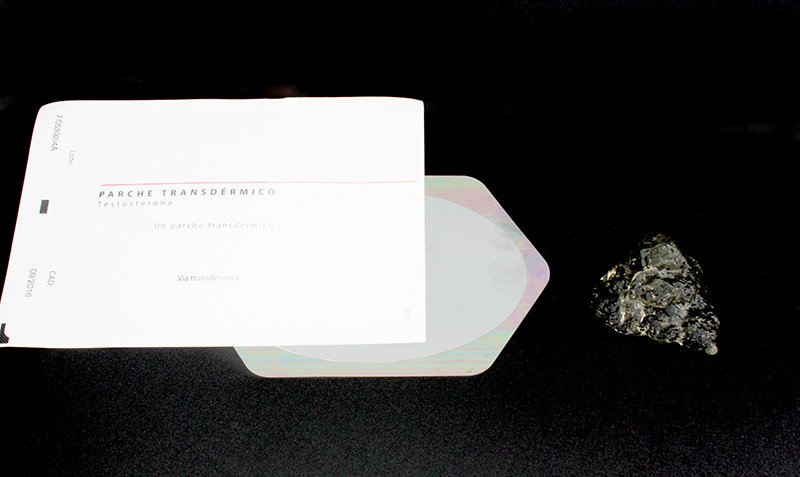IB Research: Is there a difference in the number of oocytes recovered in poor responder patients who have used transdermal testosterone, in patches or gel?
28-04-2016

As a result of social changes in recent years, women are being obliged to delay motherhood. After the age of 35, not only is ovarian response much lower but, moreover, a considerable and progressive reduction is observed in the quality of the oocytes and pregnancy is more complicated. This is why poor responder patients seeking a professional centre for their treatment entrust their care to the Instituto Bernabeu, enabling us to investigate the most appropriate treatment protocols comparing the responses.
Treatments are available to try to increase the number of oocytes in IVF cycles. One of these is the use of transdermal testosterone. The aim of this study is to evaluate whether there are significant differences in the number of oocytes recovered in those poor responder patients who have used transdermal testosterone in patches or administered as a gel as an adjuvant to the stimulation treatment.
This prospective study, led by Dr Ana Castillo has been accepted for oral presentation by the scientific committee of the Spanish Fertility Society (SEF) congress. The study was performed at our centre between January 2014 and December 2015 and we included a total of 83 poor responder patients, with a mean AMH of 6.06 pmol/L and a mean antral follicle count of 5,72. Two groups of patients were assessed, on the one hand those who had received patches (Testopatch© at a dose of 1.2/24 hours) and on the other hand those who used gel (testim© 50 mg, ½ tube per day). The statistical analysis was performed using Student’s t-test and logistic regression, adjusting the results to the AMH of the patient.
In the patients who had received testosterone in patches we recovered a mean of 4.92 oocytes after 10.07 days of stimulation. Of these oocytes we obtained a mean of 3.97 MII oocytes and of these a mean of 3.24 oocytes were fertilised. In the patients on whom we used testosterone in gel we recovered a mean of 5.85 oocytes after 10.7 days of stimulation. Of these oocytes, we obtained 4.91 MII oocytes and the mean of fertilised oocytes was 3.5.
The different types of transdermal testosterone that we can use do not show significant differences in rates of recovered oocytes or in oocyte maturation. Both methods of administration can be considered comparable in the preparation with androgens of low responder patients.
This research forms part of the 14 studies that the Instituto Bernabeu will present at the 31st SEF congress which will be held in Malaga from 19 to 21 May.
IS THERE A DIFFERENCE IN THE NUMBER OF OOCYTES RECOVERED IN POOR RESPONDER PATIENTS WHO HAVE USED TRANSDERMAL TESTOSTERONE, ADMINISTERED VIA PATCHES OR ADMINISTERED VIA GEL? A.Mª. Castillo, J. Ll. Aparicio, J. Ortiz, M. Aula, R. Bernabeu, J.C. Castillo, L. Luque, Mª.D. Pérez. Oral Communication.
